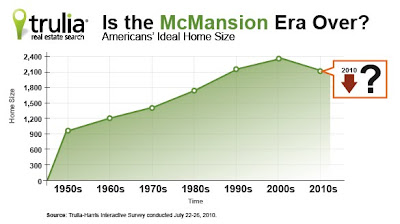Good Morning,
So, I think it’s safe to say the economy has been slow. Many people and businesses across the country have experienced a drop in income or revenue and are subsequently tightening their belts. Not surprisingly, the State of Texas is anticipating a budget shortfall as high as $18 billion dollars this next session. The Texas Rainy Day Fund is roughly $10.5 billion dollars, so even if it is completely used the state is left with a major shortage. Most experts agree that rather than reduce spending the Legislature will look for creative ways to make up the difference in the form of taxes. There has been talk of a real estate transfer tax for years. In fact, this last session, more than 11 attempts were made to pass a real estate transfer tax. Thankfully all of these bills were defeated. It doesn’t take a lot of time to figure out why their defeat was such a good thing. Transfer taxes raise the cost of purchasing and selling homes, prices some buyers out of the market and reduces economic activity.
In a time where people are watching their budgets and unemployment is still alarmingly high it seems foolish and short-sided to impose a real estate transfer tax.
For years we have seen the heavy emphasis cities and states have placed on affordable housing campaigns, and rightfully so. Realtor organizations, property rights groups and affordable housing advocates have made substantial efforts to provide home-ownership opportunities for as many Americans as possible. It is unfortunate in a fiscally uneasy time governments would resort to damaging taxes that would not only discourage economic development but put an undue burden on first time home buyers, seniors/retirees and low income families. Simply put, at their core, real estate transfer taxes threaten affordability. Regardless of what the pundits say, fewer people will realize the dream of owning a home with a transfer tax.
It is easy to say a transfer tax would hurt property owners and potential buyers, but tangible numbers make a more meaningful impact. So what exactly is a transfer tax and what do the numbers look like?
A real estate transfer tax is a tax assessed when ownership of property is transferred from one party to another. Some states also assess such a tax on long-term leases. This type of tax typically comes in the form of a percentage of the value of the property. The National Association of REALTORS® commissioned
a study to analyze the effects of a transfer tax on real estate. The report assumed a tax rate of 0.5% (one-half percent) and a $125,000 purchase price (fyi: Austin’s median homes price is roughly $194,000). Based on these assumptions, the cost of buying a home would increase by about $600, and home sales would decline by almost 3%. In addition, the Real Estate Center at Texas A&M University concluded that the creation of a transfer tax on real estate may create more problems than it solves. This type of tax could cost Texas $955.5 million in lost economic activity with an astonishing 11,575 jobs lost!
Quick points: Transfer tax
-A real estate transfer tax is a tax assessed on real estate when ownership of a property is sold or transferred from one party to another. It is essentially a new sales tax on real estate.
-Real estate transfer taxes are highly regressive, meaning higher burdens for low-income people.
-Growing families, first time homes buyers, seniors/retirees, and transferred employees and military would also be heavily affected.
Real estate transfer taxes increase the closing costs of buying or selling a property. This kind of taxation is damaging and, as we have seen in other states, opens Pandora ’s Box. Voters in other states have often been promised that a ½ or a 1 percent transfer tax is all that’s needed. But, once a transfer tax is established it is often increased (often repeatedly) as a quick fix for irresponsible budgets. Any real estate transfer tax would be extremely damaging to low-income or first time buyers, retirees and the real estate market in general. The legislature is going to be looking at a transfer tax this spring in the 82nd legislature. Be sure to voice your concerns to your state office holders as often as you can, our economy can’t afford a real estate transfer tax.
Best,
Marcus P. Cox
Co-Owner Avalar Austin
Realtor®, ABR, GREEN, GRI, TRLP
Austin Board of Realtors Board of Directors 2010-2012
512.921.3111



